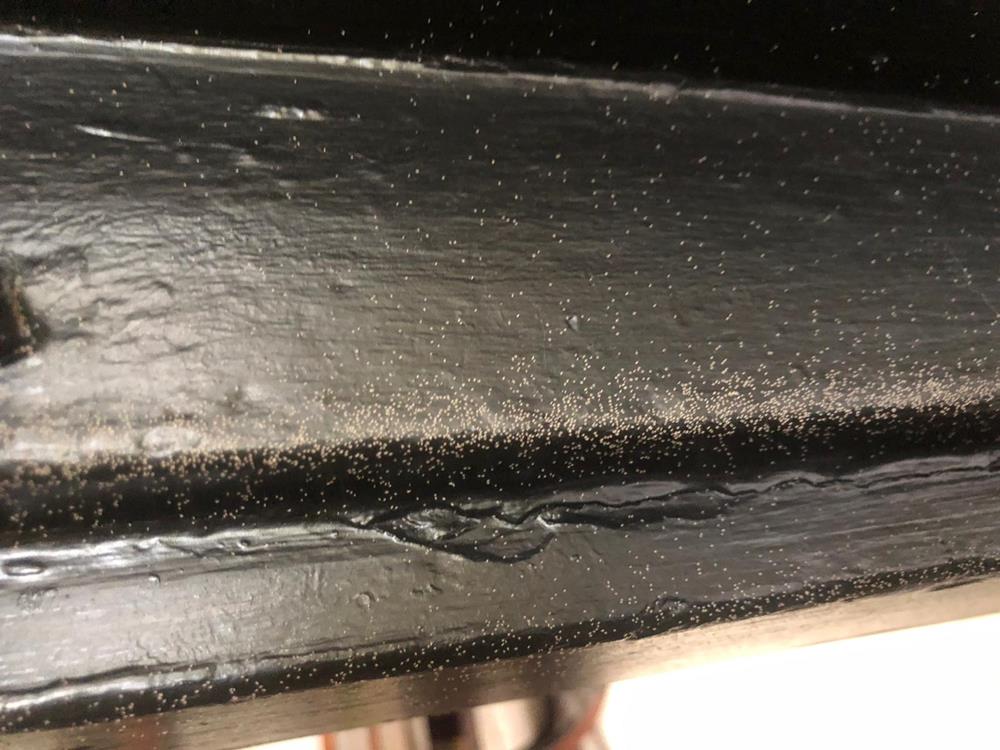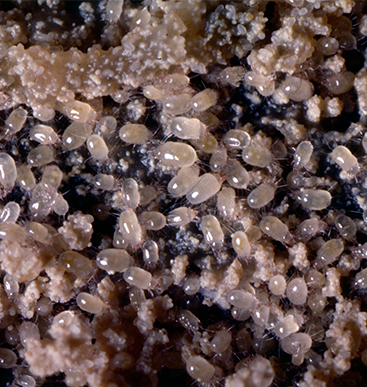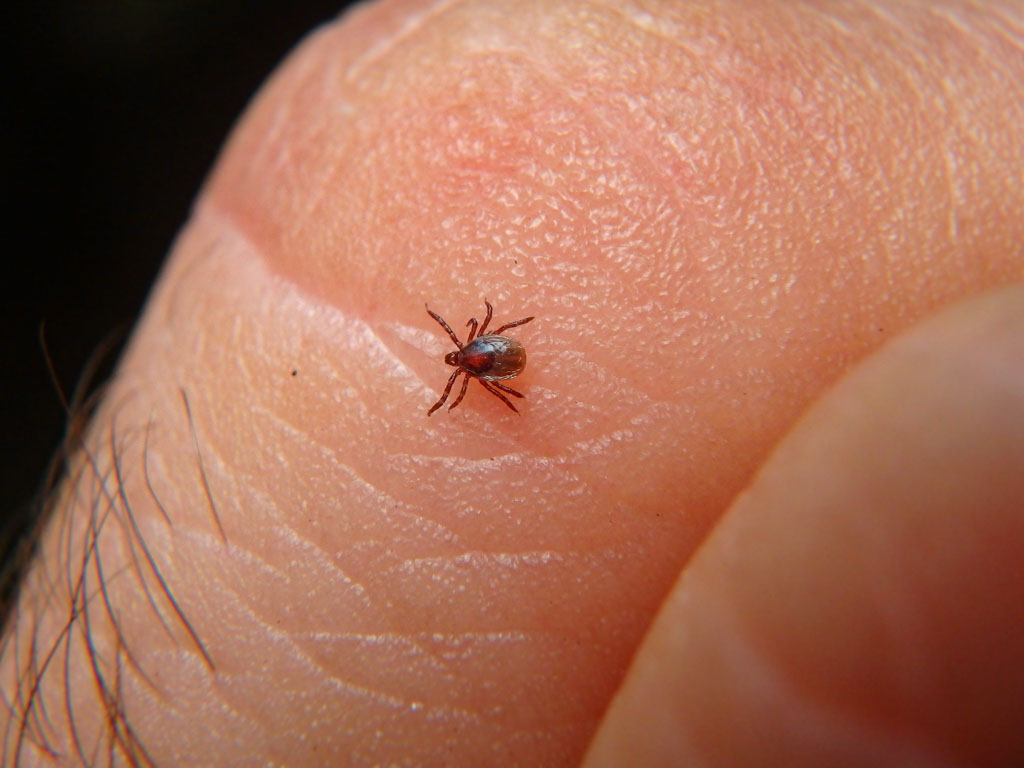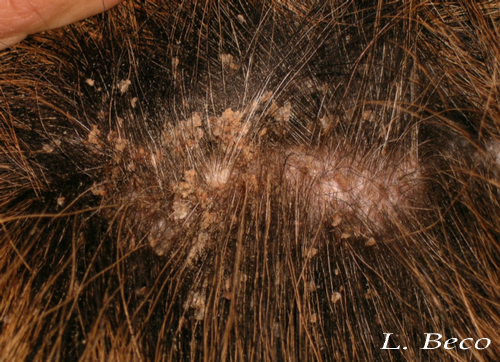Types of Mites In House and How To Get Rid of Them

Here Are the Most Common Mites In Your Home
- House Dust Mite / Bed Mite
- Mould Mites
- Spider Mite
- Storage Mite
- Scabies Mite
- demodex mites / face mites / Mites found on people
- chicken mites
- bird mites
- clover mites
Read on to learn more about each mite:
Most Common Mite - House Dust Mites
- Explanation: Tiny creatures thriving in bedding, carpets, and upholstery, feeding on dead skin cells.
- Visible to the Naked Eye: No, they are typically too small to be seen without magnification.
- Allergies: Many are allergic to dust mite droppings, triggering asthma and allergic reactions especially when inside and in your bed.
- Lifespan: Live about 2 to 4 months, dying from starvation or environmental changes.
-
Types of Dust Mite: There are many species of dust mites but they are very similar -
- European Dust Mite -Dermatophagoides pteronyssinus.
- American Dust Mite - Dermatophagoides farinae
- World Wide Dust Mite- Euroglyphus maynei
Getting Rid of Dust Mites 6 Steps

Read our 6 step guide in full - Breathe Better And Remove Skin Irritation
Found In Mouldy Rooms - Mould Mites

- Explanation: Mold mites, also known as "storage mites" or "mildew mites," thrive in areas with high humidity and mold growth, feeding on decomposing organic matter.
- Visible to the Naked Eye: Yes, they are small but can be seen with the naked eye, often appearing as tiny white or gray specks.
- Allergies: Can trigger allergic reactions and respiratory issues in some individuals due to mold they feed on.
- Lifespan: Live for about 2 to 4 weeks, depending on environmental conditions.
Getting Rid of Mold Mites
- Remove Mold: Clean and eliminate any mold from your home, especially in damp areas like bathrooms and kitchens.
- Control Humidity: Use dehumidifiers to keep humidity levels low, preventing mold growth that attracts mold mites.
- Regular Cleaning: Frequently vacuum and clean surfaces to reduce organic matter and dust that may harbor mold mites.
Found in Food - Storage Mites

- Explanation: Found in stored foods like grains, can migrate to homes through contaminated food.
- Visible to the Naked Eye: Yes, they can be seen, but they are very small and may be hard to spot.
- Allergies: People can develop allergies, causing respiratory issues.
- Lifespan: Several weeks to months, depending on conditions.
Getting Rid of Storage Mites
- Seal Food: Store food in airtight containers to keep mites out.
- Clean Regularly: Clean pantry shelves and vacuum to remove dust and crumbs.
- Reduce Humidity: Keep storage areas dry and use a dehumidifier if needed.
Found On Human Skin - Scabies Mites

- Explanation: Burrow into the skin, causing scabies, which leads to intense itching and rash.
- Visible to the Naked Eye: No, they are not visible without a microscope.
- Allergies: Allergic reactions occur due to the body's response to the mites and their eggs.
- Lifespan: Live for about 1 to 2 months, transmitted through direct skin contact.
Getting Rid of Scabies Mites
- Treat with Medication: Use prescription creams or lotions from a doctor to kill the mites.
- Wash Bedding and Clothing: Wash all bedding, clothes, and towels in hot water to eliminate mites and eggs.
-
Clean Surfaces: Vacuum and clean surfaces in your home to remove any mites that may be present.
Found Near Birds - Bird Mites

- Explanation: Parasites feeding on birds, can infest homes if birds nest nearby.
- Visible to the Naked Eye: Yes, they can be seen without magnification.
- Allergies: Can cause skin irritation and allergic reactions upon contact with humans.
- Lifespan: Live for a few weeks to several months, depending on host availability.
Getting Rid of Bird Mites
- Remove Bird Nests: Safely remove any bird nests from your property to prevent mites from entering your home.
- Clean Thoroughly: Vacuum and clean areas where birds have been, including nests and droppings, to remove mites.
-
Use Insecticides: Apply appropriate insecticides designed for mites, following instructions carefully to treat infested areas.
Found in Hair - Cheyletiella Mites
- Explanation: Known as "walking dandruff," often found on pets but can transfer to humans.
- Visible to the Naked Eye: Yes, they are relatively large for mites and can be seen moving.
- Allergies: Can cause mild skin irritation and allergic responses in sensitive individuals.
- Lifespan: Live for about 2 to 3 weeks outside a host, longer on pets.
Getting Rid of Cheyletiella Mites

- Treat Pets: Use a vet-recommended treatment, such as special shampoos or topical medications, to eliminate mites on pets.
- Wash Bedding: Wash your pet's bedding and any blankets they use in hot water to remove mites and eggs.
- Vacuum Regularly: Vacuum your home frequently to remove any mites and their eggs from carpets and furniture.
Follow our 6 step guide to get rid of mites








